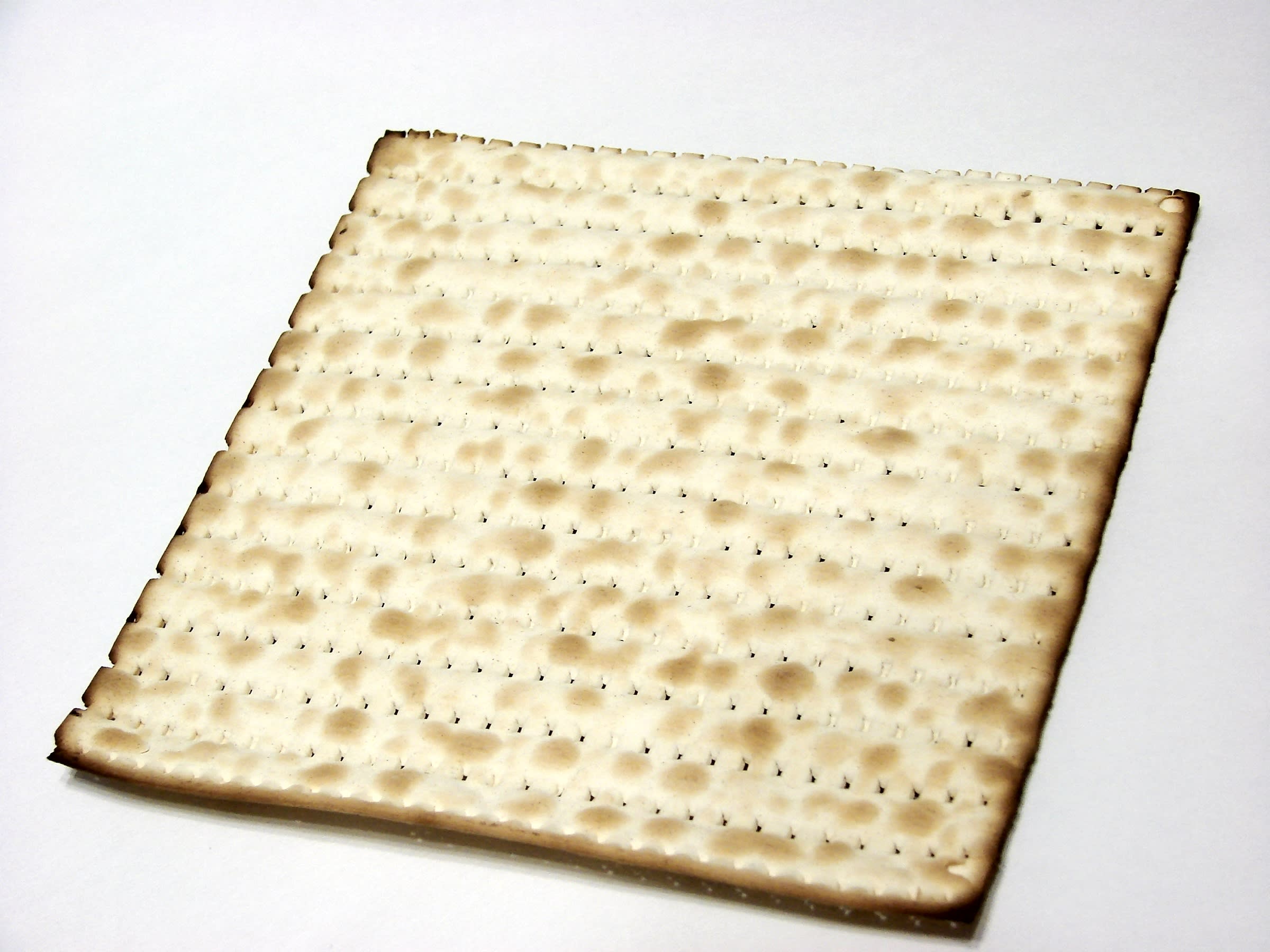Understanding the Versatile Lemon Rind
When life gives you lemons, don’t just make lemonade! The humble lemon is a versatile fruit that offers a myriad of uses, and one of its most underrated parts is the lemon rind. Also known as the lemon peel, this zesty outer layer of the fruit is packed with flavor and can be used in a variety of culinary and non-culinary applications.
What Exactly Is a Lemon Rind?
The lemon rind refers to the outer, colorful part of the lemon’s skin. It is the zest of the lemon, containing the essential oils that give the fruit its distinct aroma and flavor. The rind is rich in citrus oils and has a tangy, slightly bitter taste that adds depth to dishes and beverages.
Culinary Uses of Lemon Rind
The lemon rind is a popular ingredient in cooking and baking, adding a burst of citrusy flavor to a wide range of dishes. Here are some common culinary uses of lemon rind:
- Zesting: Grating the outer layer of the lemon rind produces lemon zest, which can be used to flavor dishes such as salads, pasta, seafood, and desserts.
- Infusions: Lemon rind can be used to infuse oils, vinegars, and spirits, adding a refreshing citrus note to dressings, marinades, and cocktails.
- Candied Lemon Peel: By simmering the lemon rind in a sugar syrup, you can create candied lemon peel, a sweet and tangy treat that can be used as a garnish or enjoyed on its own.
- Preserving: Lemon rind can be preserved in salt or sugar, creating a flavorful condiment that can be used to enhance the taste of various dishes.
Non-Culinary Applications of Lemon Rind
Beyond the kitchen, the lemon rind has several non-culinary uses that make it a valuable addition to your household. Here are some creative ways to utilize lemon rind:
- Natural Cleaner: The acidity and citrus oils in lemon rind make it an effective natural cleaner. Use it to scrub and deodorize surfaces such as cutting boards, countertops, and sinks.
- Aromatherapy: The invigorating scent of lemon rind can be used in aromatherapy to uplift moods and create a refreshing atmosphere. Simply place dried lemon rind in a sachet or potpourri for a natural air freshener.
- Insect Repellent: The strong fragrance of lemon rind can deter insects. Place dried lemon rind near entry points to keep pests such as ants and moths at bay.
Storing and Preserving Lemon Rind
To make the most of your lemon rind, it’s important to know how to store and preserve it properly. Here are some tips for storing and preserving lemon rind:
- Fresh Rind: If you’re using the lemon rind immediately, wash the fruit thoroughly, then use a zester or grater to remove the outer layer. Use the zest as needed in your recipes.
- Dried Rind: To dry lemon rind for later use, simply spread the zest in a single layer on a parchment-lined baking sheet and let it air dry for a few days. Once dried, store it in an airtight container away from heat and light.
- Frozen Rind: Lemon rind can also be frozen for long-term storage. Place the zest in an ice cube tray, cover it with water, and freeze. Once frozen, transfer the lemon zest cubes to a freezer bag for easy use in future recipes.
Conclusion
The lemon rind is a versatile and flavorful ingredient that deserves a place in your kitchen. From enhancing the taste of dishes to serving as a natural cleaner and insect repellent, the lemon rind offers a range of practical uses. So, the next time you reach for a lemon, don’t discard the rind—put it to good use and unlock its full potential!
Was this page helpful?
Read Next: What Is Mustard Flour











